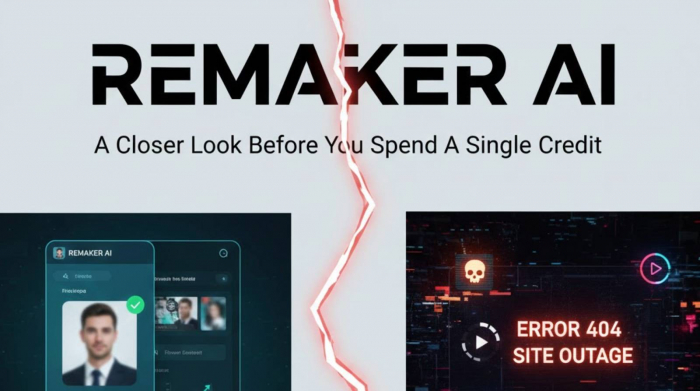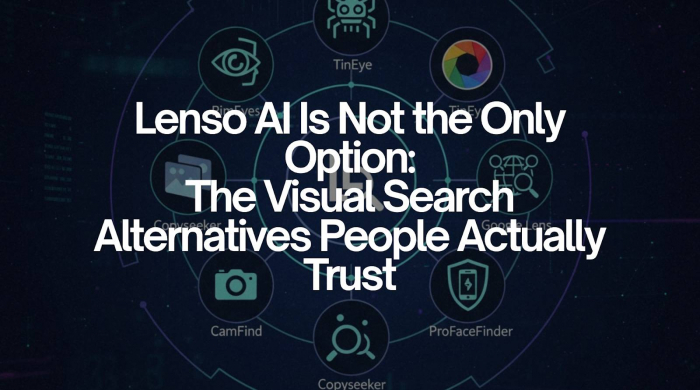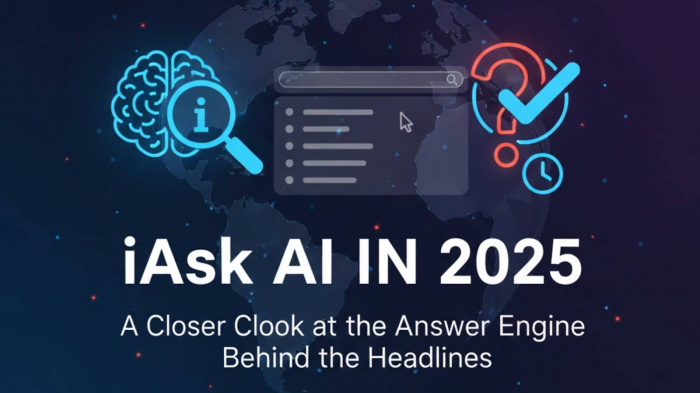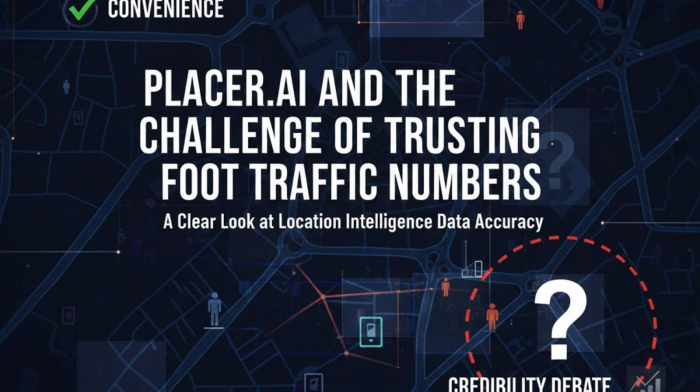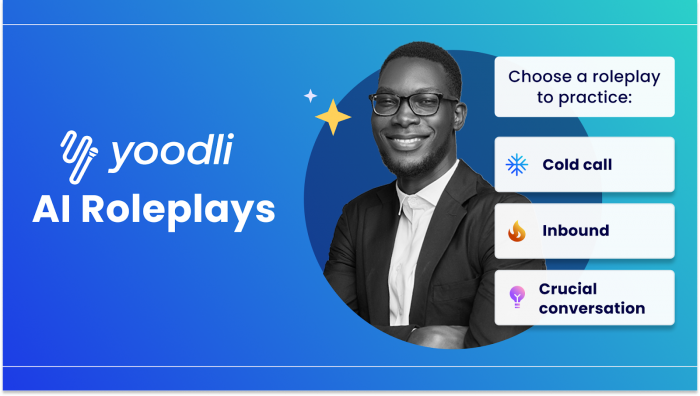Table of Content
- Setting the Scene: The Push for Faster Visual Content
- The Idea Behind Frosting AI
- A Look Under the Hood
- Experiencing the Interface
- Subscription Pathways
- Everyday Scenarios Where It Fits
- Where the Tool Stumbles
- Listening to the Crowd
- Side-by-Side With Rivals
- The Bigger Picture of AI Creativity
- Future Possibilities
- Closing Note: A Layer, Not the Whole Cake
- FAQs on Frosting AI
Setting the Scene: The Push for Faster Visual Content
Everywhere I look, people are drowning in content but starving for attention. On Instagram, posts with visuals earn 94% more engagement than plain text ones. In education, students retain information better when images supplement text. And in marketing, graphics are often the hook that gets audiences to stop scrolling.
The challenge is clear: while visuals are essential, they’ve traditionally been expensive or time-consuming to produce. That’s why AI image generators have exploded in popularity. When I stumbled on Frosting AI, I wanted to test whether it could solve one of the biggest frustrations I’ve had with other tools: inconsistent results.
The Idea Behind Frosting AI
What immediately caught my attention is how Frosting AI presents itself differently. Tools like MidJourney emphasize artistry, while DALL·E leans on accessibility. Frosting AI, however, highlights consistency—a promise that creators, marketers, and even casual users crave.
For me, the appeal was simple: I didn’t need a masterpiece every time, I just wanted results that were reliable enough for presentations, blog graphics, or quick concepts. Suppose I ask for a clean infographic about renewable energy. If every output looks wildly different, it’s hard to work with. Frosting AI seemed built to fix that pain point.
A Look Under the Hood
Even though I’m not a developer, I love peeking at how these tools run. Frosting AI is powered by diffusion models, the same tech behind Stable Diffusion, but layered with extra controls.
What impressed me most were the parameters:
- Prompt strength lets me guide how strictly the AI follows my input.
- Negative prompts let me exclude unwanted details (like messy text or distorted objects).
- Styles and palettes mean I can shift from realistic to illustrative without rewriting everything.
This makes Frosting AI feel less like a “random image slot machine” and more like a semi-predictable tool—still creative, but not chaotic.
Experiencing the Interface
When I first tried it, I was surprised by how minimal and clean the interface felt. Unlike Photoshop or Canva, I wasn’t distracted by dozens of menus. Instead, I typed in my prompt, hit generate, and within 10–15 seconds I had images.
That speed matters. In earlier tools I’ve used, I sometimes waited over 30 seconds per render. With Frosting AI, I could experiment with more prompts in less time. It also felt approachable—I didn’t need a tutorial to get started, which makes it perfect for beginners.
Subscription Pathways
The free version gave me a taste, but it didn’t take long to hit the limits. Watermarks and capped generations quickly reminded me that this was more of a demo.
Paid tiers begin at around $10–15/month, unlocking higher resolution outputs, more credits, and faster queues. At the top end, $49/month unlocks agency-level access with bulk generation and priority servers. For context, that’s far less than hiring a freelance designer but more than completely free tools. Personally, I see it as middle ground—affordable for serious creators, while businesses might easily justify the Pro tier.
Everyday Scenarios Where It Fits
I tested different scenarios to see how well Frosting AI adapts:
As a marketer: I generated quick social ad concepts without waiting on design revisions.
As a teacher: I mocked up a diagram for a class presentation in minutes.
As a designer: I used it for mood boards, experimenting with color schemes before opening Photoshop.
As a casual user: I even tried making a meme, and it worked surprisingly well.
This versatility stood out. Frosting AI isn’t built just for professionals—it’s genuinely usable across roles.
Where the Tool Stumbles
The weaknesses were there too. Faces and hands still came out awkward, which is common in AI art. Free plan restrictions became frustrating when I wanted to iterate more deeply. And unlike Canva or Runway, Frosting AI doesn’t yet plug into broader ecosystems—so I couldn’t directly export to my presentation or workflow tools.
Still, these felt like industry challenges rather than Frosting AI alone. No AI generator is perfect yet, but each is inching forward.
Listening to the Crowd
I wanted to check if my impressions matched the community. On Reddit, people kept calling Frosting AI one of the most “consistent” free image generators in 2024. Reviews like OutrightCRM’s blog echoed my thoughts about accessibility. But other reviewers were harsher, pointing out that premium features were locked behind paywalls and that images could look repetitive if prompts weren’t well-crafted.
It showed me Frosting AI wasn’t universally loved—but it definitely had a growing fanbase.
Side-by-Side With Rivals
When I compared it to others, here’s how it looked to me:
- MidJourney: unmatched artistry, but slower and pricier.
- DALL·E: great for casual use, but less consistent.
- Stable Diffusion: ultimate flexibility if self-hosted, but too technical for most.
Frosting AI? Faster than most free options, cheaper than some pro ones, and more stable than casual tools. Its sweet spot seems to be people who want speed and dependability without coding headaches.
The Bigger Picture of AI Creativity
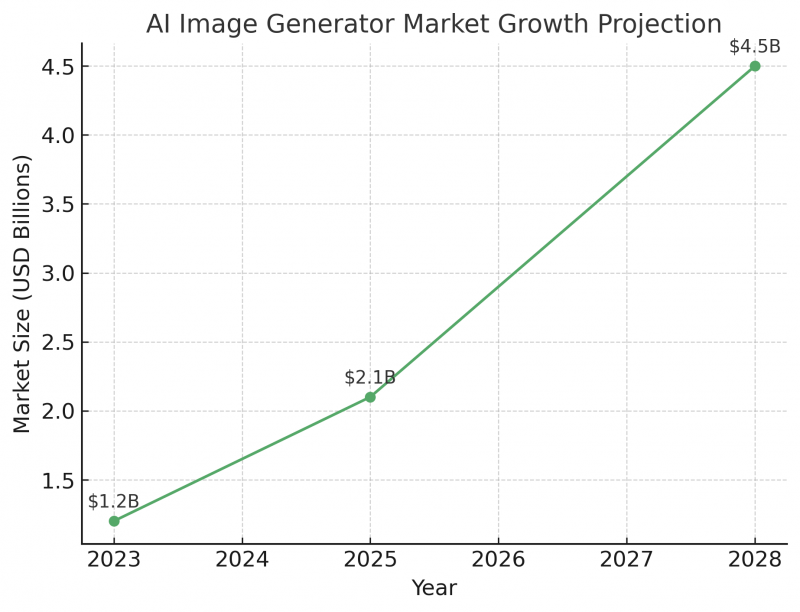
For me, Frosting AI also represents something larger. These tools aren’t about replacing artists—they’re about expanding access. I’ve seen students who never touched design software generate classroom visuals. I’ve seen marketers with no creative background mock up professional-looking ads.
It’s not just about images—it’s about lowering the barrier to creativity. That’s something I think we’ll see more of in the coming years.
Future Possibilities
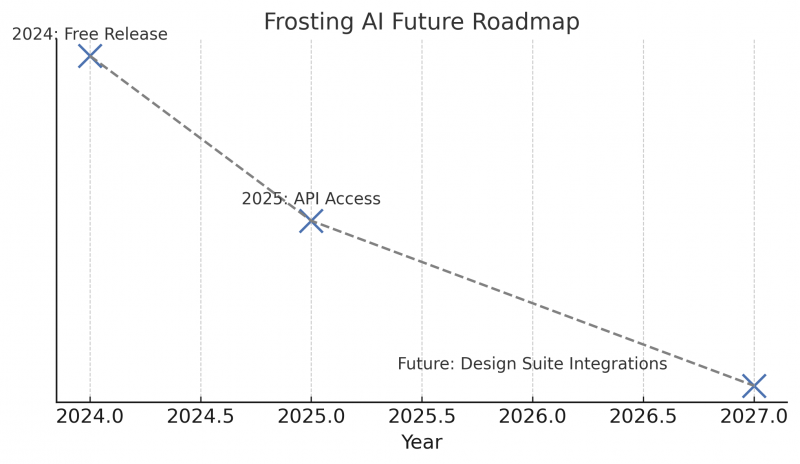
From what I’ve read and tested, Frosting AI has room to grow. I’d love to see API access for developers, deeper integration with design suites, and maybe even a community gallery where prompts and results are shared. If the platform evolves in those directions, it could shift from being just a generator to becoming a hub for creative collaboration.
Closing Note: A Layer, Not the Whole Cake
After my time with Frosting AI, I don’t see it as a replacement for design software. Instead, it feels like a layer in my creative process. It helps me brainstorm, speed up workflows, and fill visual gaps when I don’t have time to design from scratch.
For marketers, educators, and casual creators, that’s valuable enough. And for me, that’s why Frosting AI earns a spot in my digital toolbox—even if it’s just one slice of the bigger creative cake.
FAQs on Frosting AI
Q1. Is Frosting AI free to use?
Yes, there’s a free version, but it includes watermarks and capped image generations. Serious users usually upgrade to a paid plan starting at around $10/month.
Q2. Who owns the images generated by Frosting AI?
On free plans, usage is limited. Paid tiers generally allow commercial rights, but like with all AI art, copyright gray areas remain.
Q3. How fast is Frosting AI compared to other tools?
In my experience, it generates images in 10–15 seconds, faster than free versions of DALL·E and roughly comparable to MidJourney’s basic plan.
Q4. What is Frosting AI best used for?
It’s best for quick visuals—ads, class slides, social posts, or concept art. It’s less reliable for photorealistic portraits or highly detailed human figures.
Q5. Can Frosting AI integrate with other platforms?
Currently, integrations are limited. Unlike Canva or Figma, it doesn’t directly embed into other tools, though API access is rumored for the future.
Post Comment
Be the first to post comment!
